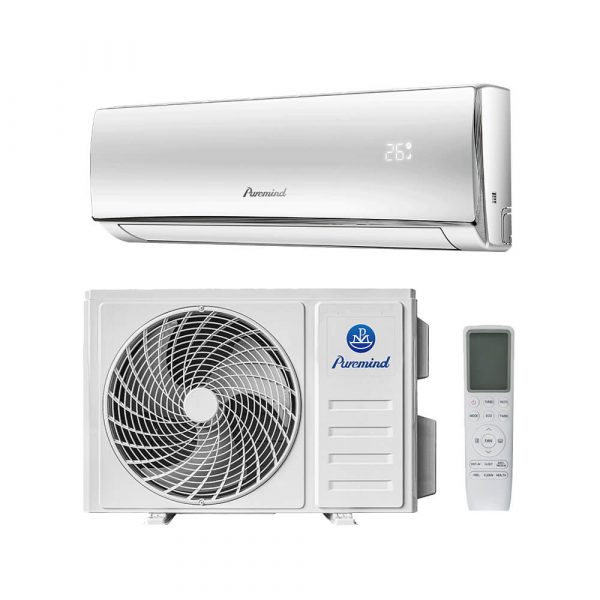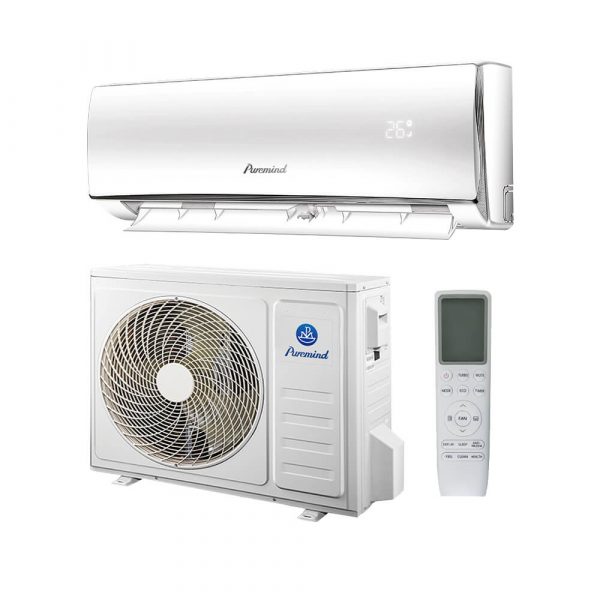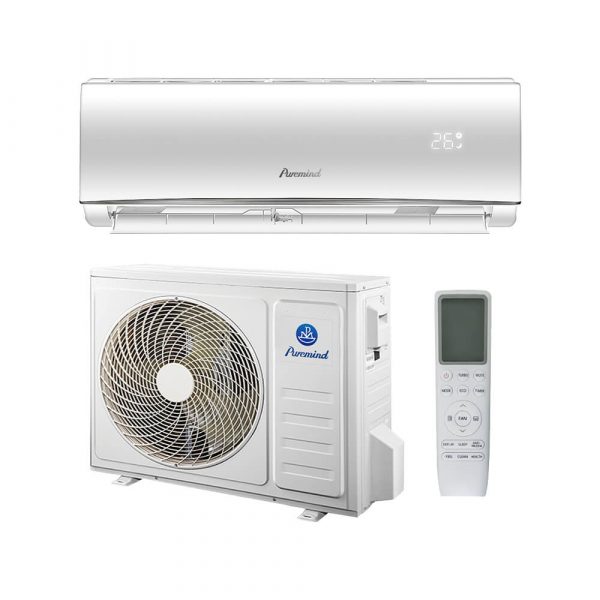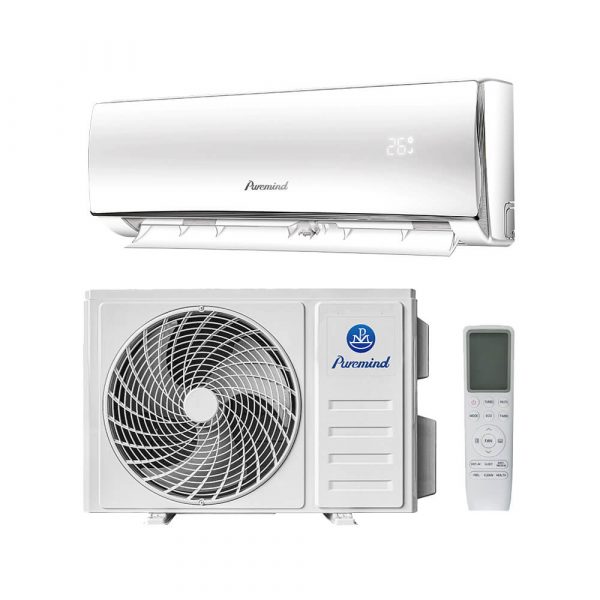Sizing Mini Split Air Conditioner: A Complete Guide
Choosing the right mini split air conditioner isn’t just about brand or features — proper sizing is essential. An undersized unit struggles to cool effectively, while an oversized one wastes energy and fails to dehumidify properly. In this article, we’ll walk you through everything you need to know about sizing mini split air conditioners, including BTU calculations, room considerations, and expert tips to ensure optimal performance.
Why Sizing Matters
Proper sizing impacts both comfort and efficiency. A correctly sized mini split system will:
- Maintain a consistent temperature
- Operate efficiently and lower electricity bills
- Extend equipment lifespan
- Provide better humidity control
Improper sizing — whether too small or too large — can cause temperature swings, short cycling, increased wear on components, and poor energy efficiency.
What Is BTU in Air Conditioning?
BTU stands for British Thermal Unit, a measure of cooling or heating capacity. The higher the BTU rating, the more air a mini split can condition. Sizing involves matching the BTU output of the unit to the room’s size, insulation quality, sun exposure, and other factors.
General Mini Split Sizing Chart
| Room Size (sq. ft.) | Recommended BTU |
|---|---|
| 100–300 | 6,000–9,000 BTU |
| 300–500 | 9,000–12,000 BTU |
| 500–800 | 12,000–18,000 BTU |
| 800–1,200 | 18,000–24,000 BTU |
| 1,200–1,500 | 24,000–30,000 BTU |
| 1,500–2,000+ | 30,000–36,000+ BTU |
Note: These are general recommendations. Actual sizing should also consider ceiling height, insulation, number of windows, climate zone, and room usage.
Factors That Affect Mini Split Sizing
1. Insulation Quality
Well-insulated homes retain heat in winter and stay cool in summer. Poor insulation may require a larger capacity unit.
2. Ceiling Height
Standard room height is about 8 feet. If your space has vaulted or tall ceilings, increase BTU capacity by 10–20%.
3. Sun Exposure
South- and west-facing rooms exposed to direct sunlight need extra cooling capacity — increase BTU by 10%.
4. Number of Occupants
Add 600 BTU for each additional person beyond two in a room.
5. Appliances and Electronics
Rooms with heat-generating equipment (e.g., kitchen, home office) may need higher cooling capacity.
Single-Zone vs. Multi-Zone Mini Splits
If you’re cooling one room, a single-zone mini split is ideal. For multiple rooms or floors, consider a multi-zone system with separate indoor units for each area.
- Single-Zone: One indoor unit and one outdoor unit, sized for a specific area.
- Multi-Zone: One outdoor unit supports multiple indoor units with independent controls.
Example Sizing Scenarios
Scenario 1: Bedroom (250 sq. ft.)
A small bedroom with good insulation needs around 6,000–9,000 BTU. If the room gets afternoon sun, go with the higher end.
Scenario 2: Living Room (650 sq. ft.) with High Ceilings
Start with 12,000–18,000 BTU. If ceilings are 10 feet and room faces west, you may need up to 21,000 BTU.
Scenario 3: Studio Apartment (1,000 sq. ft.)
Depending on layout and insulation, 18,000–24,000 BTU is typical. If the space is divided, a 2-zone system may be more effective.
Tools for Accurate Sizing
While charts are useful, it’s best to use a BTU calculator or consult an HVAC specialist for precision. They will perform a Manual J load calculation — the industry standard for determining HVAC sizing needs.
Oversizing vs. Undersizing: What’s Worse?
- Oversized: Cools the room quickly but causes short cycling, inefficient operation, poor humidity control, and system wear.
- Undersized: Runs continuously without adequately cooling the space, leading to energy waste and occupant discomfort.
Where to Buy the Right-Sized Mini Split
When you’re ready to purchase, ensure you’re getting a reliable and appropriately sized system. Puremind offers a full range of mini split systems, from 9,000 BTU to 36,000+ BTU, with OEM customization and energy-efficient inverter technology.
Installation Tips for Sizing Success
- Install indoor units in areas with unobstructed airflow
- Avoid placing units near heat sources or direct sunlight
- Keep room doors open if cooling larger, connected spaces
- Use ceiling fans to enhance circulation
Conclusion
Sizing your mini split air conditioner is a crucial step toward achieving year-round comfort and energy savings. Don’t fall into the trap of “bigger is better” — an oversized system can be just as problematic as an undersized one. Use this guide to calculate your needs based on room size, layout, insulation, and usage patterns. And when you’re ready to choose a quality, factory-direct system that fits your exact specifications, check out Puremind’s mini split air conditioner selection.







